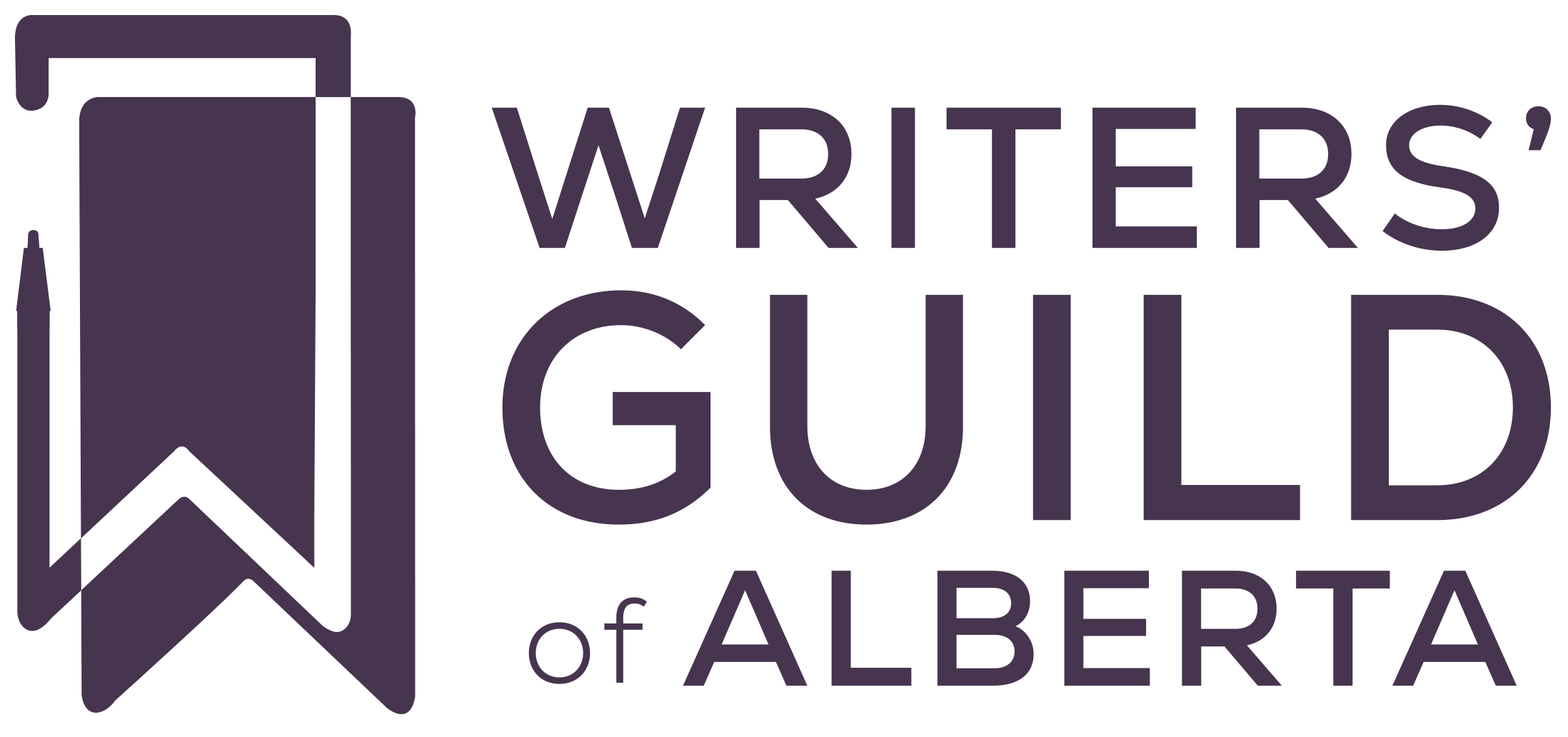The Multifacetedness of a Writer: Turning Challenges Into Opportunities
An occasional teacher, avid traveller, and accomplished writer with forty years of professional experience, Cheryl Mahaffy illustrates the value of versatility in writing. She has a diverse body of work, including periodicals, books, magazines, annual reports, and has a multitude of strong ties to her community. The following is a short interview I had the pleasure of conducting with Cheryl Mahaffy, discussing various challenges she has faced in her career, and how she was able to turn them into opportunities.
How would you describe the biggest change in your work environment during the time you have been writing and the impact it had on your work? How were you able to adapt?
It’s probably no surprise that advancing technology has created the most change. In university, I switched from composing on paper to composing on a manual typewriter with pica (10 characters per inch) type. Edits were written in by hand. By the late 1970s, when I landed my first full-time newspaper job, most journalists used electric typewriters, but we still put the pages together manually, using scissors, T-squares and glue that allowed blocks of text to be repositioned until they fit. The transition to digital typesetting began soon after; both writing and design have continued to evolve since then at an escalating pace. It’s so much easier now to experiment with word choice and manipulate text—a huge plus, but also an invitation to spend time second-guessing. I learned and used the early versions of design software, but as the programs became more sophisticated, I found it wiser to concentrate on what I do best: crafting stories with words. The advent of online news and storytelling, the blend of print with digital media and the explosion of social media come with their own blend of opportunity and challenge, and I must admit my twentieth century brain balks at some of what it is asked to do.
Your periodical work includes such a wide variety of topics such as social issues, architecture, and the environment (to only name a few). How did you branch out into so many different topics?
Almost always in my work, one thing leads to another. One of my first projects after hanging out my freelance shingles in the mid-1990s involved a woman I’d worked with at city hall. She recommended my name when someone was needed to communicate the local launch of a preschool initiative called Success By Six. That collaborative drew leaders from more than 20 organizations around the table, and some of those individuals later tapped my skills for projects of their own. A profile written for Alberta Venture about a leading woman in architecture led to several spinoff projects, including a book, several articles and an exhibit regarding Alberta’s earliest women architects. (To see more about the latter, search for womenbuildingalberta.) Several heritage and active living projects have also led one to another, as clients chat with colleagues in their field. In each case, providing creative, high-quality work that goes beyond what clients expect becomes a springboard for opportunities I might not even have imagined.
You had previously used the words “isolating” and “intimidating” to describe the profession of writing. What advice would you give to writers who are struggling with similar feelings?
Writing is not easy—at least, not for me. (When people ask if I love to write, I often say I love to have written.) Give it your best, and never hesitate to seek support from the WGA and others in Alberta’s generous writing community. It’s amazing to see what a well-crafted piece can accomplish, sometimes in places you least expect. I’ve been writing for Apple, the Alberta Health Services magazine, and I’m struck by the number of people who say they thumbed through an issue, probably while waiting in an emergency ward, found points to ponder and want to know how to subscribe. Other times, I’ll receive an email out of the blue from someone who has found the Women Building Alberta website and wants to offer a new nugget of information to expand my on-again, off-again exploration of women in architecture. Especially in this digital age, words travel—and they have power. Use that power for good.
A career as a writer is about so much more than just words on a page; community, adaptability, and versatility are incredibly important tools to have in your writer’s belt in such a diverse and ever-evolving profession. Literature is such an essential facet of culture, and it is imperative to expand your horizons to push your limits as a writer. After speaking with Cheryl, I have come to believe that your writing develops you as much as you develop your writing.
